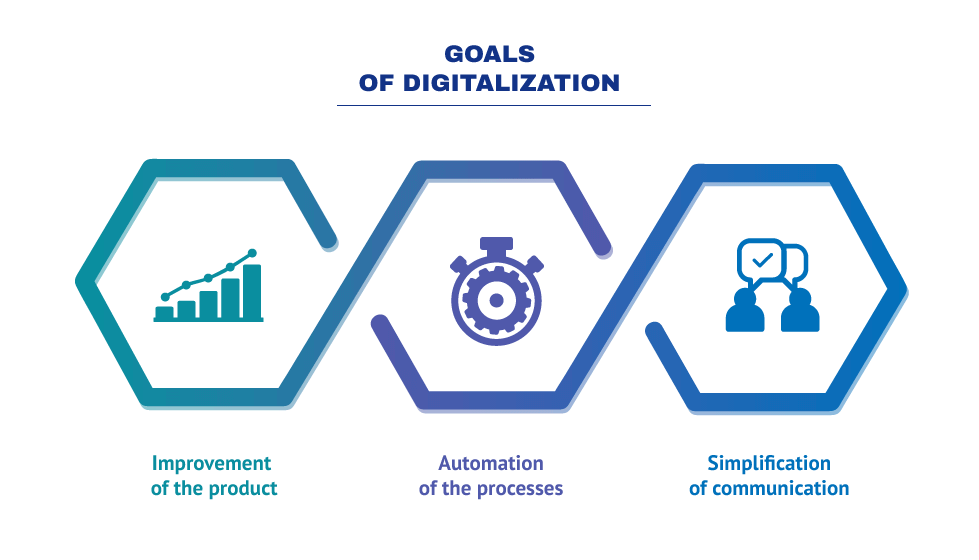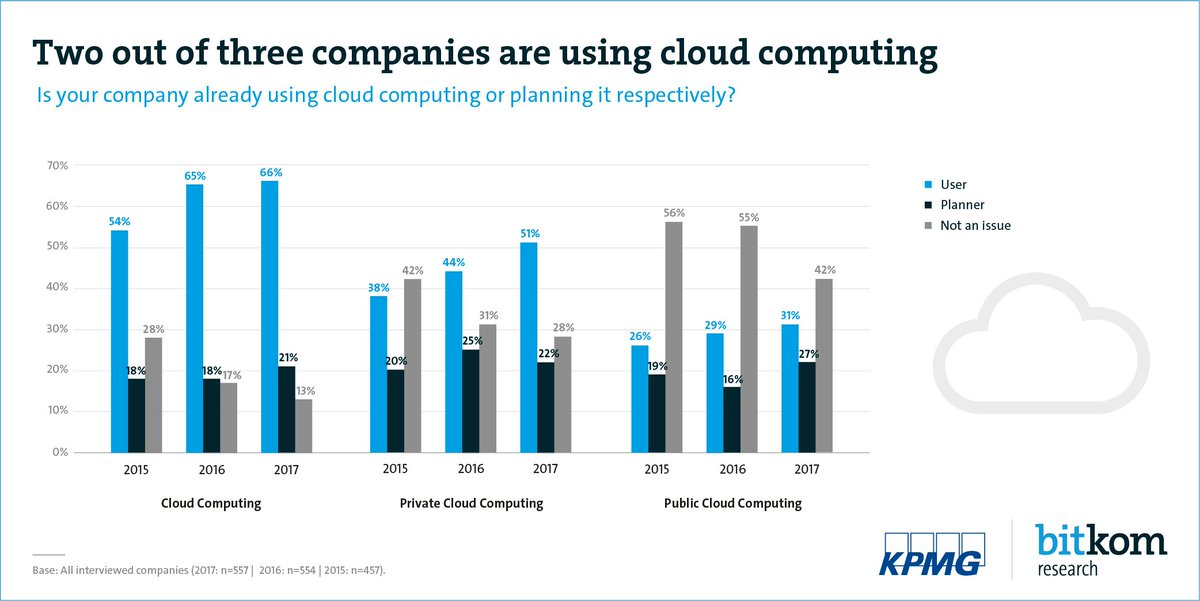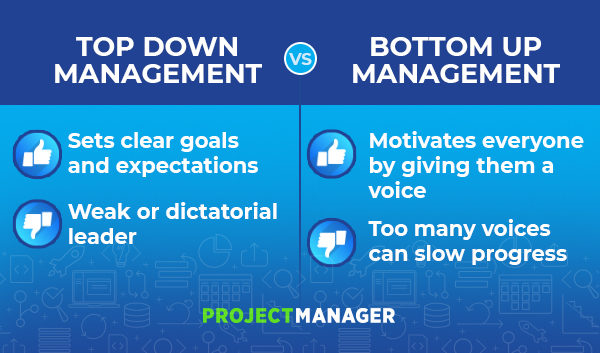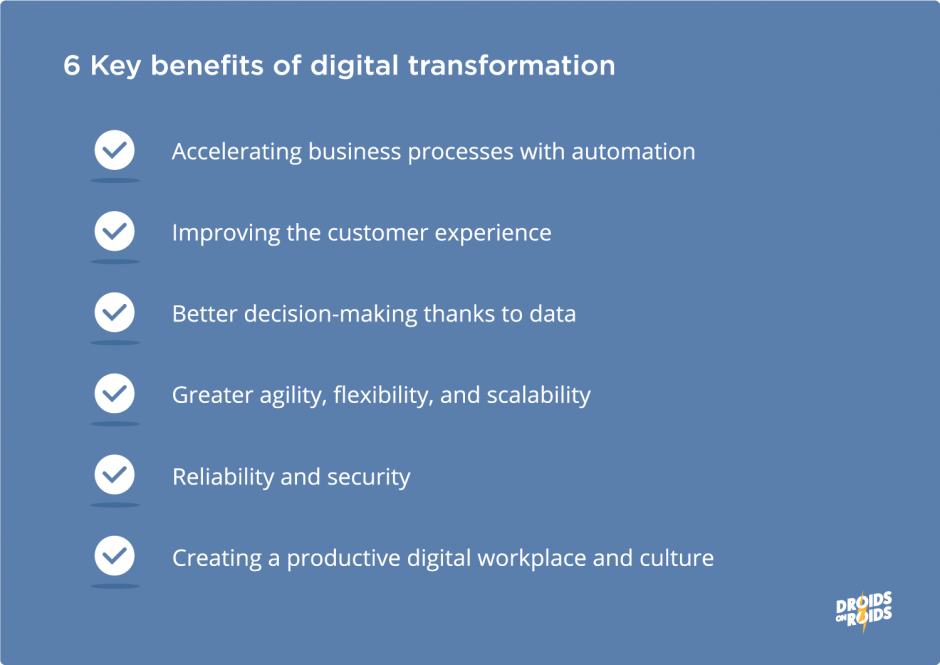Every founder, CEO, or organisational leader wants their business to excel in their respective industry. However, in order for an organisation to keep its position, they must adapt to societal changes, evolving within their business models. This is because changes in society reflect trends in consumer preferences, and by changing, a company is providing innovative solutions to the problems of the consumers they serve.
The history books are filled with examples of corporations that failed to innovate, and as a result, failed themselves. The global move towards digitalisation has sparked many innovations that allow companies to add value to their customers. This trend has been described as the fourth industrial revolution by Klaus Schwab, executive chairman of the World Economic Forum.
The fourth industrial revolution has brought with it new forms of automation, and jobs are becoming less physical. Companies now look for employees with skills in operating this new technology, as Large-Scale Enterprises (LSE’s) are now able to collect vast amounts of data on their customers.
Analysis of this data affords them a competitive advantage due to the benefits it allows them to provide to the consumer. From overall efficiency to increased workflow, companies who adopt the latest digital technology are noticing tangible results in terms of profits and overall customer satisfaction.
Despite the apparent benefits, business leaders are often skeptical about adopting these changes. This is because they are reluctant to step away from the tried-and-tested business models that have bought them success in the past. In this sense, they remain focused on short term goals. Digitalisation is not such, it’s a change in our way of life. This inertia in business management is one of the reasons that millennials are choosing to work with startups over corporations.
It has now become imperative that companies adopt digitalisation for the sustainability of their business. C-level management must advocate for the steps required to enact this structural change. A digital transformation of an entire organisation can only occur when the people at the top agree.
What is digitalisation?
Digitisation, in its simplest form, is the act of converting information into digital data. Digitalisation is the process of using digitisation to improve business operations. In a business sense, digitalisation has many applications: Facilitating communication between employees, assigning work tasks, or maintaining a customer database, to name just a few examples.
The aim of digitalisation is to create value through the use of digital technology and increase the productivity per person of the organisation. Digitalisation allows companies to store large amounts of data, and access those quickly whenever the data is needed.
This data can be utilised in the development of products, improving supply chain models, and expediting internal communication. Communication within and between departments is especially important in the case of large organisations, where employees are often spread, and sometimes on opposite sides of the globe.
90% of companies are already enrolled in different cloud system services as a response to the growing demand of being technologically ready. This means that more businesses are innovating and testing out new ways technology can step in to process and manage data.
But before locking in on another digital service, an organisation must be secure when it comes to internal frameworks and processes. Digitalisation is a tool best harnessed when members of your organisation are prepared and ready to take on transitions and the challenges they come with.
Digital transformation does not magically happen with a snap of your fingers or when new third-party software gets integrated with your already existing system. Each member of the team, from the decision making body down to the manpower you utilise for logistics, have to be ready to adapt to the change.
Sometimes, when a newly implemented digital solution is not intuitive enough for everyone’s use, technology ends up dragging progress down, and leaders have to put out more fires rather than getting more stuff done as desired.
This is why organisations must not only be flexible in scaling digitally, they must also be wise in decision making holistically. That means considering all factors that play into the possible change, such as existing systems, current workflow, company culture, and processes. Like choosing the best communication tools to suit your business needs, there are efficient organisational management frameworks that fit certain organisations better than others.
Only the leaders and executives know the dynamics of their respective organisations and which approaches would fit best. There are, though, approaches that have been proven and tested to withstand transitions no matter the structure of the organisation.
One of the approaches to best apply within an organisation is called the Top-Down approach and it might be what organisations need before jumping towards digitalisation.
What is a top-down approach?
The top-down approach is the typical form of decision making within large organisations. It involves senior management making strategic decisions that further the organisation’s goals. This hierarchical structure allows those with the most experience in the business to leverage their knowledge, skills, and experience to ensure the effective functioning of the business.
A top-down approach is necessary when attempting to introduce significant change within an organisation, as more junior staff do not have as broad a scope of the company’s operations. As such, they’re unable to comprehend the scale of the change required.
Though individual departments within an organisation may enact digitisation to some degree, for the entire organisation to take part, and for digitalisation to be integrated, the change must be top-down.
This is because the decisions that are taken at the most senior level of the organisation affect the overall functionality of the business, and while stepping away from a strictly top-down approach and adopting a more ‘startup culture’ has its benefits, it cannot be denied that a top-down approach will be required in the foreseeable future for many.
5 Reasons why a top-down approach works
1. Decreased risk
Company-wide change has a certain amount of associated risk. The top-down approach allows top management to evaluate the risks, using their broad understanding of the business to most accurately ensure that the transition to digital does not fail.
Any sizable change to the organisation will involve large financial investments. Errors in implementing this change can lead to significant losses for the company. It is therefore imperative that the company’s leaders are the decision-makers in this matter, as they are the ones responsible for the overall success of the company, and risk management plays a role in this success.
2. Allows for a smoother transition
Managing key resources during the transition to digital is crucial, and this is the responsibility of top management. C-level management will create best practices for the digitisation process using their skills and experience to plan for the execution of these best practices. The information available to top-tier management makes them adept at recognising key areas for change.
Those areas can be accounted for in the plan and according to need, preparation can be made for the digital transformation. The adoption of technology will have a more pronounced effect within certain areas of the company and this can change the entire landscape of the business. As such, those with the greatest management skills should be the initiators of this change.
3. Everything is organised
Tasks are assigned from top to bottom as part of the normal workings of a top-down organisational structure. Taking into account that the entire system of digitalisation only works if everything is appropriately organised, there are considerable benefits, not least when it comes to time-saving, when these efforts come from the highest level.
Top level management should, therefore, ensure that the company’s assets are well organised before taking the step of adopting digital transformation. There is a reduced risk of mistakes being made as opposed to a strategy planned by more junior employees who are focused on task execution. If digitisation requires further training for staff, management will also ensure that those who need it are taught the appropriate skills.
The leaders of the organisation keep the organisation following their business goals, and digitalisation can only work once the stakeholders of the company decide that this is beneficial.
4. There is minimised cost
The process of digitalisation represents a considerable investment of capital, and to give responsibility for organising digital transformation to less experienced members of staff would be, well, irresponsible. Management, however, are accountable for the success of the company, and as such have much more to lose than those working beneath them. They, therefore, will ensure that the task has minimal cost.
From the planning phase to execution, top-level management will ensure that any strategy proposed does not compromise quality, whilst at the same time establishing a reasonable and considered expenditure. The cost-benefit analysis a CEO has to assess will ensure that the right decision is made. If the decision is made to digitise, the benefits for the company will outweigh the costs.
5. Idea is taken more seriously
The main issue facing businesses trying to enact change using a bottom-up model is that these efforts are rarely taken seriously by everyone within the company. Especially in LSEs where the hierarchy contains various levels of management.
Digital transformations are not always easy, or easy to understand by all members of an organisation. As such, the only way to guarantee their adoption is to use the top-down approach. When the order to digitise comes from senior management, it will be implemented across departments and by all members of staff.
Conclusion
In the 21st century, any business expert would recommend digitising at least some of a company’s functions, and this trend is only set to increase as the fourth industrial revolution continues.
Technological advances are opening new markets, but also transforming the way we work. Technology now facilitates workplace efficiency more than ever, and represents a significant proportion of the innovation taking place in corporations. Technology is now integrated into our lives at home and at work, allowing us to be more productive in all aspects of our lives.
Companies are adapting to the changes in the business environment caused by these technological advances, affording them competitive advantages in their chosen markets. Companies focusing on internal digitisation observe a notable increase in the efficiency of their processes, but also in the accountability of their employees. Better functionality along with smoother slowing processes can ensure increased efficiency.
The combined efforts of a competitive organisation with proper systems in place and well-utilised digital tools can ensure the company’s growth and profitability, benefitting both its consumers and the members of the organisation. It can also provide more opportunities to scale and expand its digital capability, which gives the company leverage in a world heading towards digital transformation.
One thing is for certain: The survival of an organisation in this changing landscape is unlikely without investing in digitisation. The responsibility for implementing this change falls with those at the top of an organisation and, as such, a top-down strategy is the most effective way to realise digital transformation.
Originally published Aug 23, 2021, updated Jan 16, 2023





